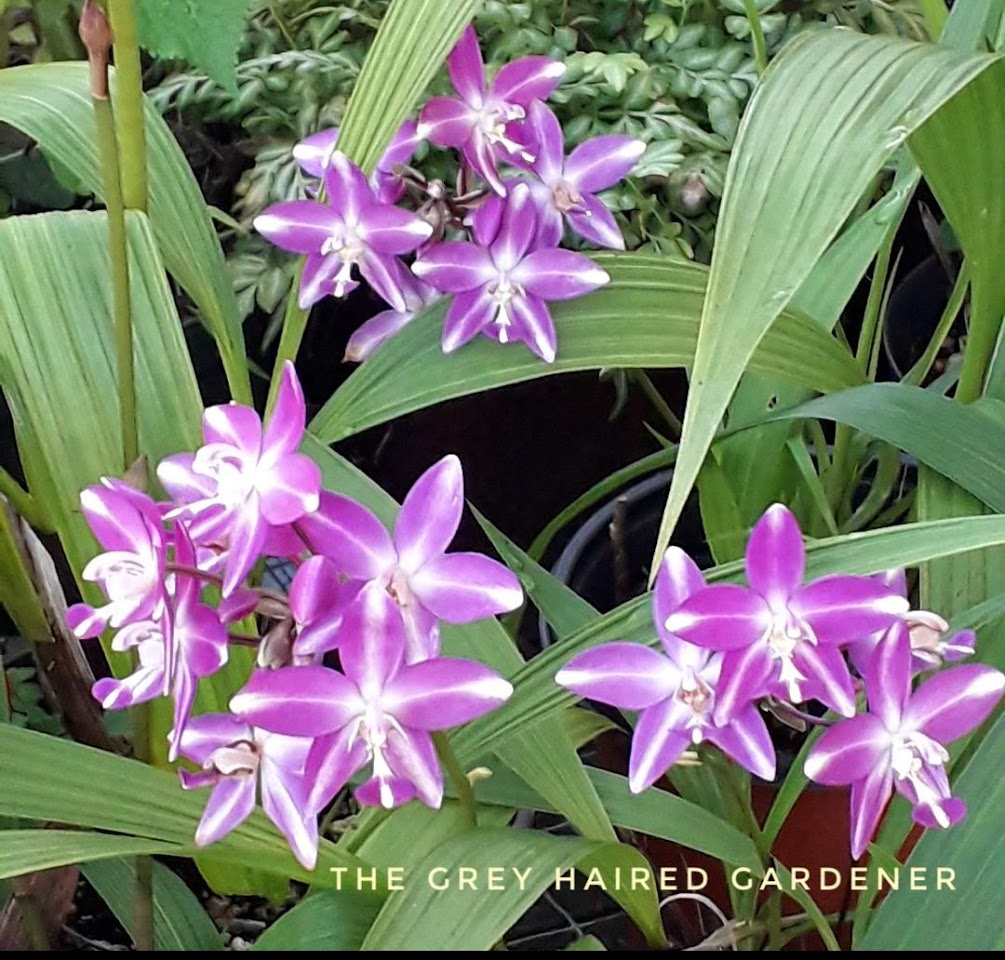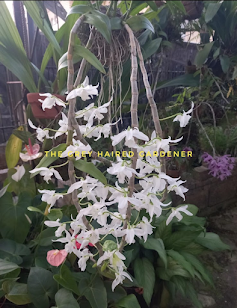My mother always loved keeping hydrangeas in the garden because of their bold, beautiful blooms. As far as I could remember, we've always had them in the garden. They’re so easy to grow and make a stunning addition to any garden, border, or patio pot. You can even use both the fresh and dried blooms in floral arrangements to add to your home décor.
If you are new to gardening, hydrangeas are beginner-friendly and surprisingly low maintenance once established.
I keep my hydrangeas in pots because I can move them to any location to add just that pop of colour just where I need it.
They're perfect for borders, hedges and containers. Grow them in areas where they receive morning sun and afternoon shade as too much hot afternoon sun can scorch the leaves.
Here are some quick tips to grow and care for your Hydrangea plant:
Hydrangeas like consistently moist soil so water deeply about 1–2 times a week, more in hot weather. If the plants are in the ground, mulching helps retain moisture.
Feed with a balanced, slow-release fertilizer (such as 20.20.20) to maintain strong vigorous growth. Blooms can change colour depending on the mineral composition of the growing medium: acidic soil (with aluminum) gives blue blooms; alkaline soil gives pink.
I have a pink variety (unfortunately I don't know the varietal name) and I tried using some Alum. I wasn't patient enough to see the full colour change from pink to blue, but I did notice a slight hint of blue develop in the blooms. (See photo below). If I had continued with the Alum treatment, I'm sure the blooms would be a beautiful shade of blue!
Hydrangeas prefer rich, well-draining soil. Slightly acidic to neutral pH works best for most varieties.
Pinching back the shoots tends to give the plants multiple branches for a bushy habit and therefore more blooms per plant. Be careful though as the timing is important. Pruning at the wrong time may result in the removal of flower buds and will result in no blooms for that season.
I haven't really noticed any insect pest problems in my hydrangeas, but they have been known to be affected by aphids and spider mites.
In the case of diseases, I've seen powdery mildew and Cercospora leaf spot.

Photos showing Cercosora leaf spot
If you're looking to increase the number of plants, don't waste money on buying new plants from the plant nursery. Hydrangeas are easy to propagate from softwood cuttings. Just snip a healthy, non-flowering stem about 3 to 5 inches, dip in rooting hormone, and plant in moist potting mix. In about 4 to six weeks, these new plants will be ready.
You can even put the stems in water, and they will eventually send out roots. (This method takes a little longer to root) These rooted cuttings can be transferred to seedling trays or small pots with moist potting mix and then later put them out in the garden or larger pots.
Hydrangeas are proof that garden glamour doesn’t have to be high maintenance.
Do you have hydrangeas in the garden? Why not share your favourite hydrangea pics with us?
Happy gardening! 🌿💐
The Grey-Haired Gardener





































.jpg)

